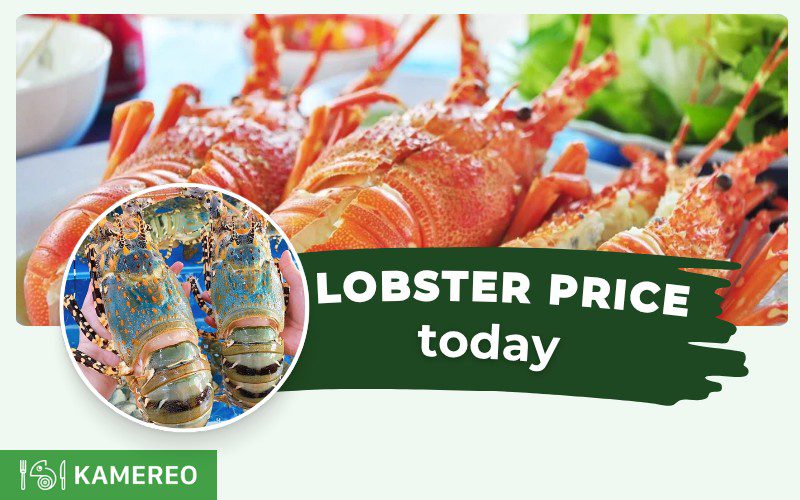Lobster, a premium seafood delicacy loved by many, is always an excellent choice for restaurants, hotels, and luxurious banquets. However, lobster prices vary significantly depending on several factors, including the season, lobster quality, and place of origin. Let’s explore the price chart and key considerations when purchasing lobster for your business in this article.
📖 This article is part of the MARKET PRICE UPDATE series.
A collection of articles providing detailed and up-to-date information on the pricing of various market goods.
Current Lobster Price Chart
The price of lobsters on the market today varies depending on the type, size, origin, and timing of purchase. Additionally, seasonal changes can impact pricing, with live lobsters often being more expensive than frozen ones. Below is a detailed price chart for different types of lobsters.
|
Type |
Price |
Unit |
|
Spiny Lobster |
1.000.000 -1.200.000 |
VND/kg |
|
Alaskan Lobster |
950.000 – 1.100.000 |
VND/kg |
|
Australian Red Lobster |
1.500.000 – 1.690.000 |
VND/kg |
|
Baby Red Lobster |
750.000 – 1.000.000 |
VND/kg |
(Updated: February 2025)
Note: Lobster prices on the market may fluctuate based on various factors.

Where to Buy High-Quality Seafood?
When sourcing high-quality seafood, it is crucial to select reputable suppliers that ensure clear origins and product quality. Seafood products such as lobsters, fish, clams, and oysters must be properly stored and meet food safety standards, whether fresh or frozen. However, with the vast array of options available today, finding the right supplier is not always easy.
Kamereo is a prominent supplier of high-quality seafood, including lobsters, salmon, clams, and more, at competitive prices. With a strict import and storage process, Kamereo guarantees fresh and safe seafood for restaurants, hotels, and F&B businesses. If you’re looking for premium seafood sources, Kamereo is a trusted choice.
Contact Kamereo today for the latest lobster prices or to inquire about fresh seafood products and enjoy exclusive offers when placing an order. We are always ready to support your business with the finest seafood options.
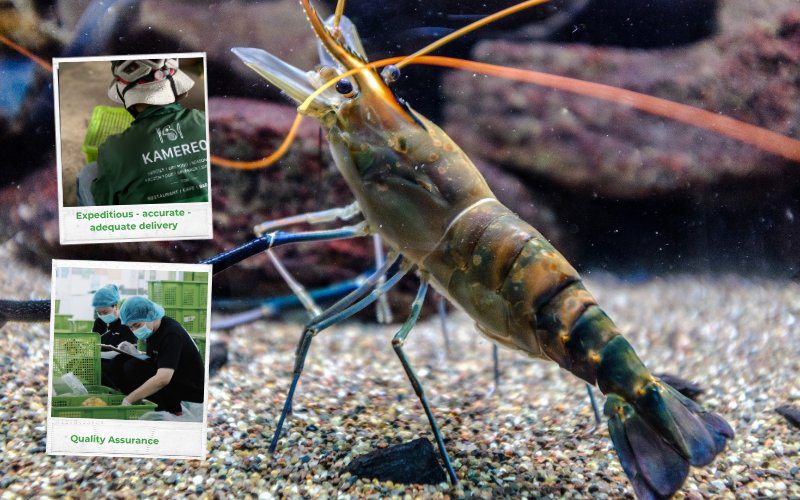
Some fresh/frozen lobster products available at Kamereo:
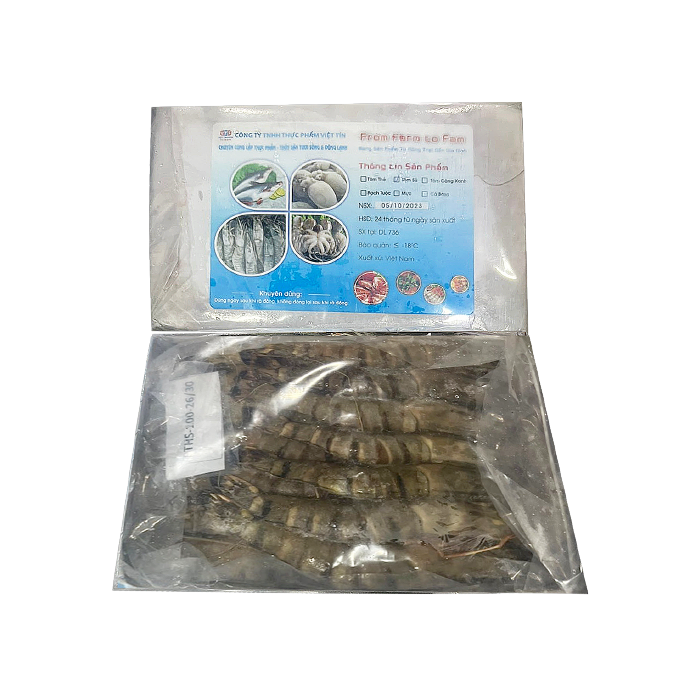
Frozen Black Tiger Shrimp Size 26 - 30 1kg
324,450đ/PACK
364,000đ/PACK
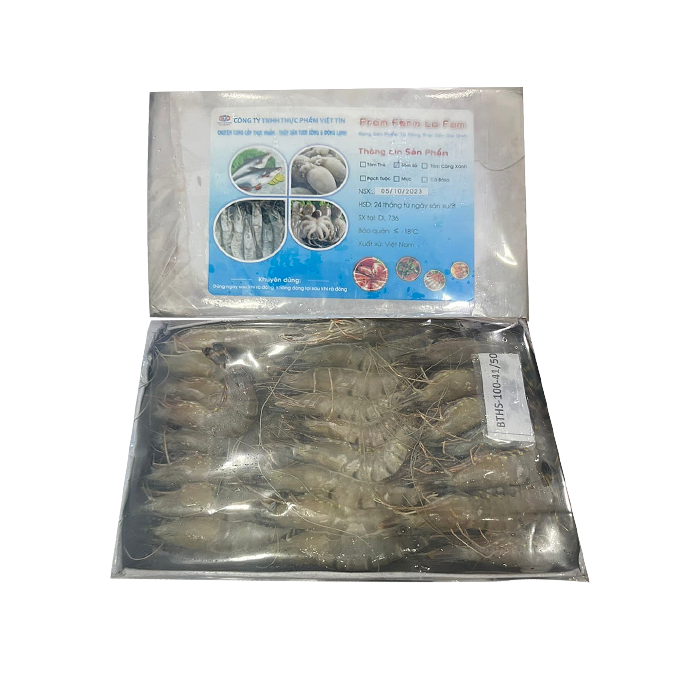
Frozen Black Tiger Shrimp Size 46 - 50 1kg
271,950đ/PACK
326,500đ/PACK
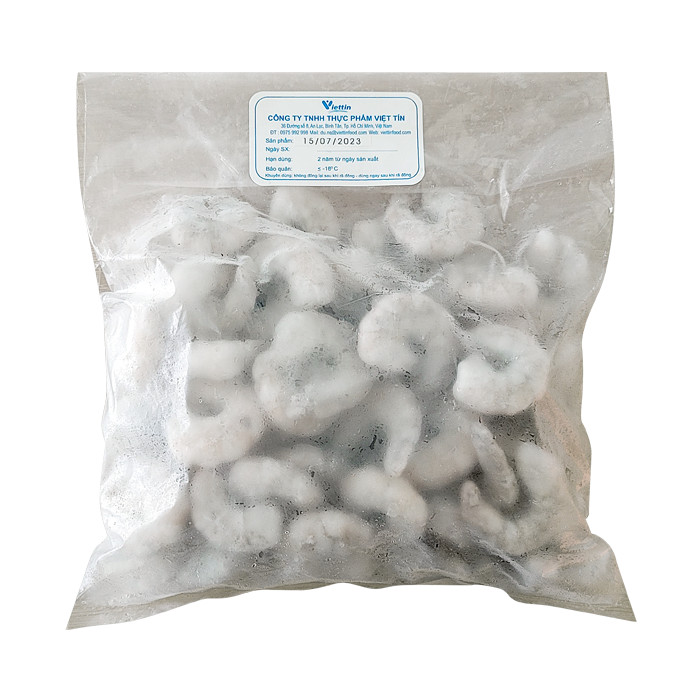
Frozen Peeled Tail-Off White Shrimp Size 31 - 40 1kg
278,250đ/PACK
339,000đ/PACK
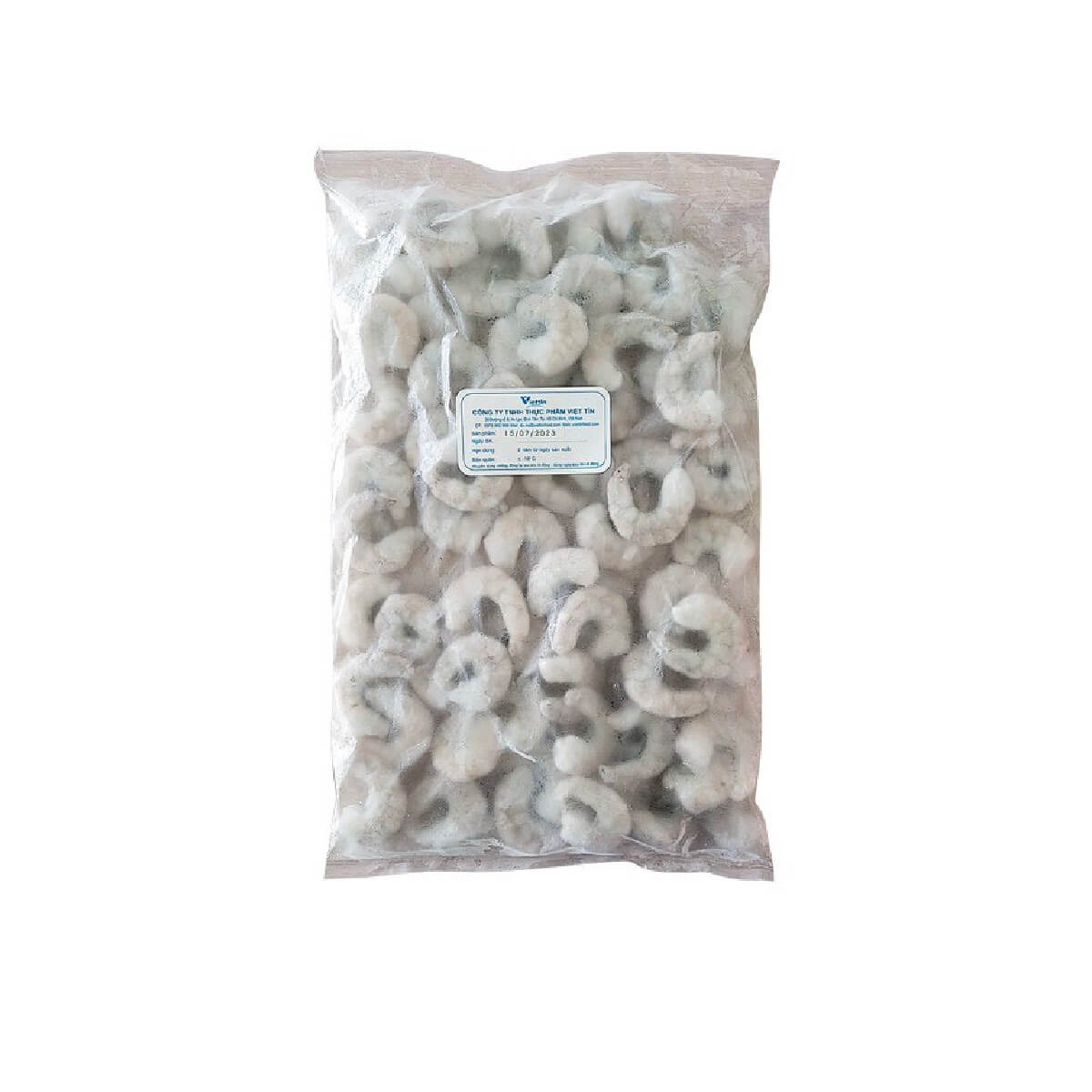
Frozen Peeled Tail-Off White Shrimp Size 91 - 120 1kg
215,250đ/PACK
248,000đ/PACK
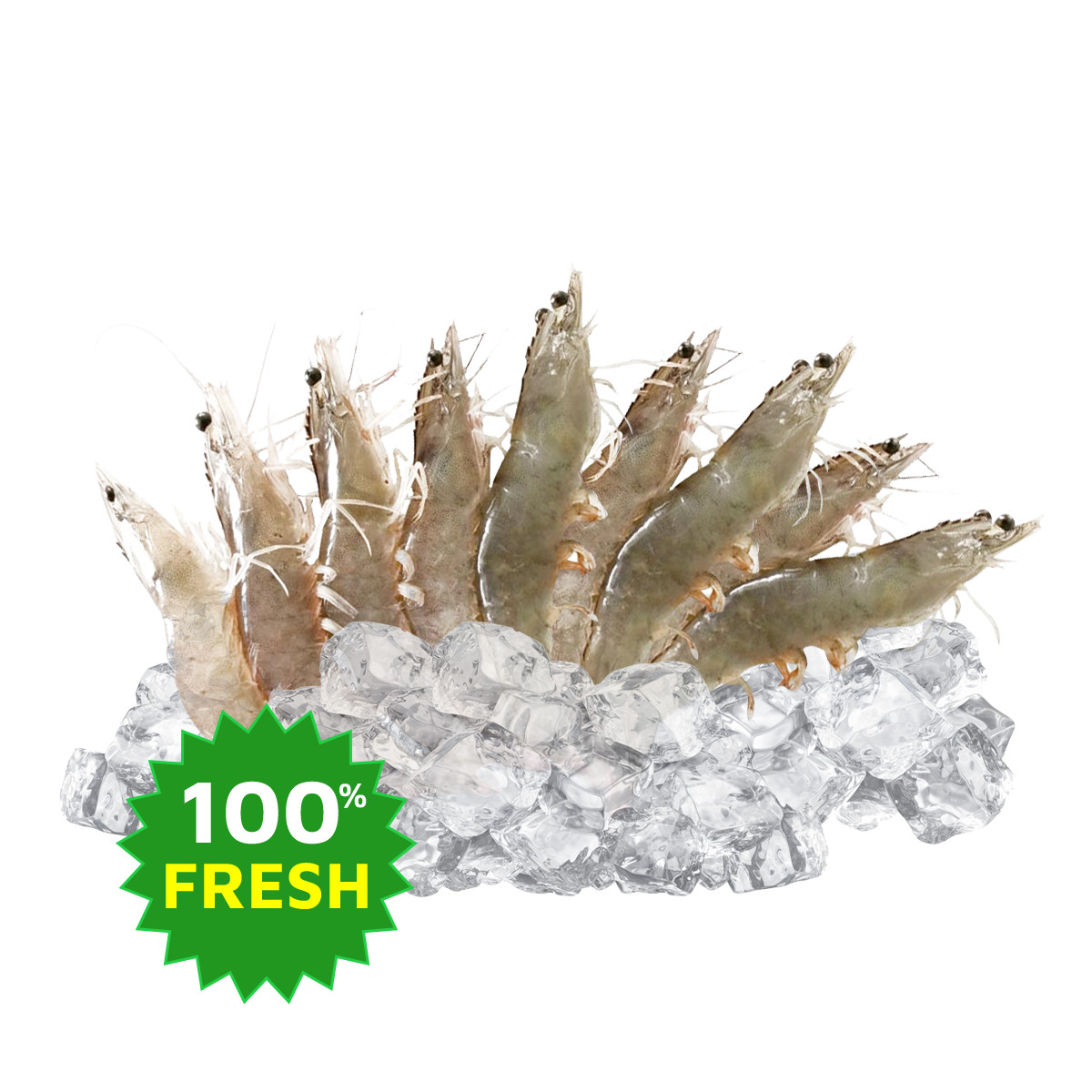
Fresh White Shrimp (Ice - Preserved) Size 31 - 35 1kg
225,750đ/KILOGRAM
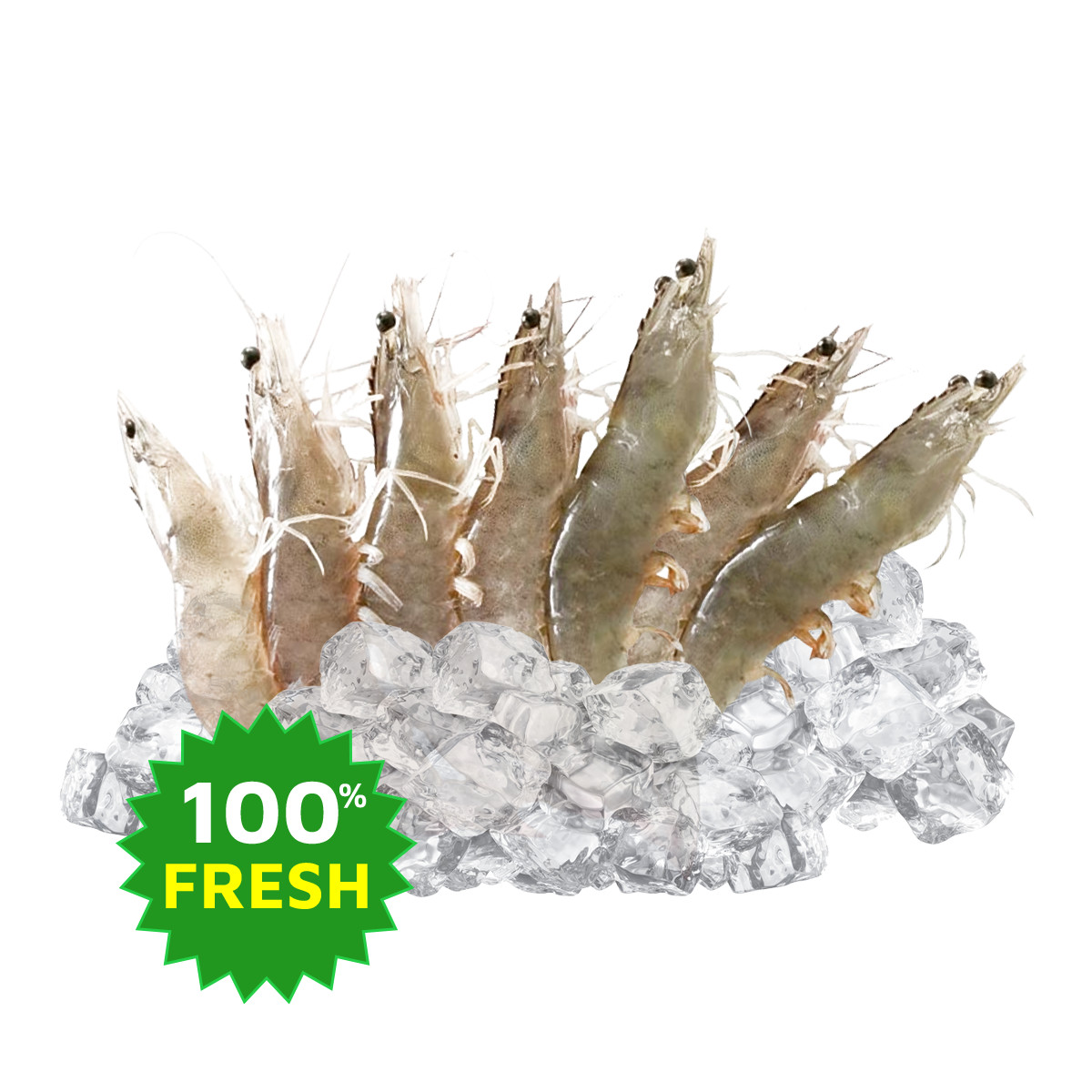
Fresh White Shrimp (Ice - Preserved) Size 36 - 40 1kg
208,950đ/KILOGRAM
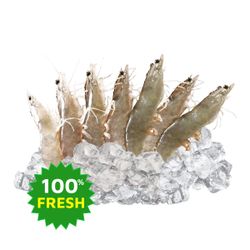
Fresh White Shrimp (Ice - Preserved) Size 40 - 50 1kg
183,750đ/KILOGRAM
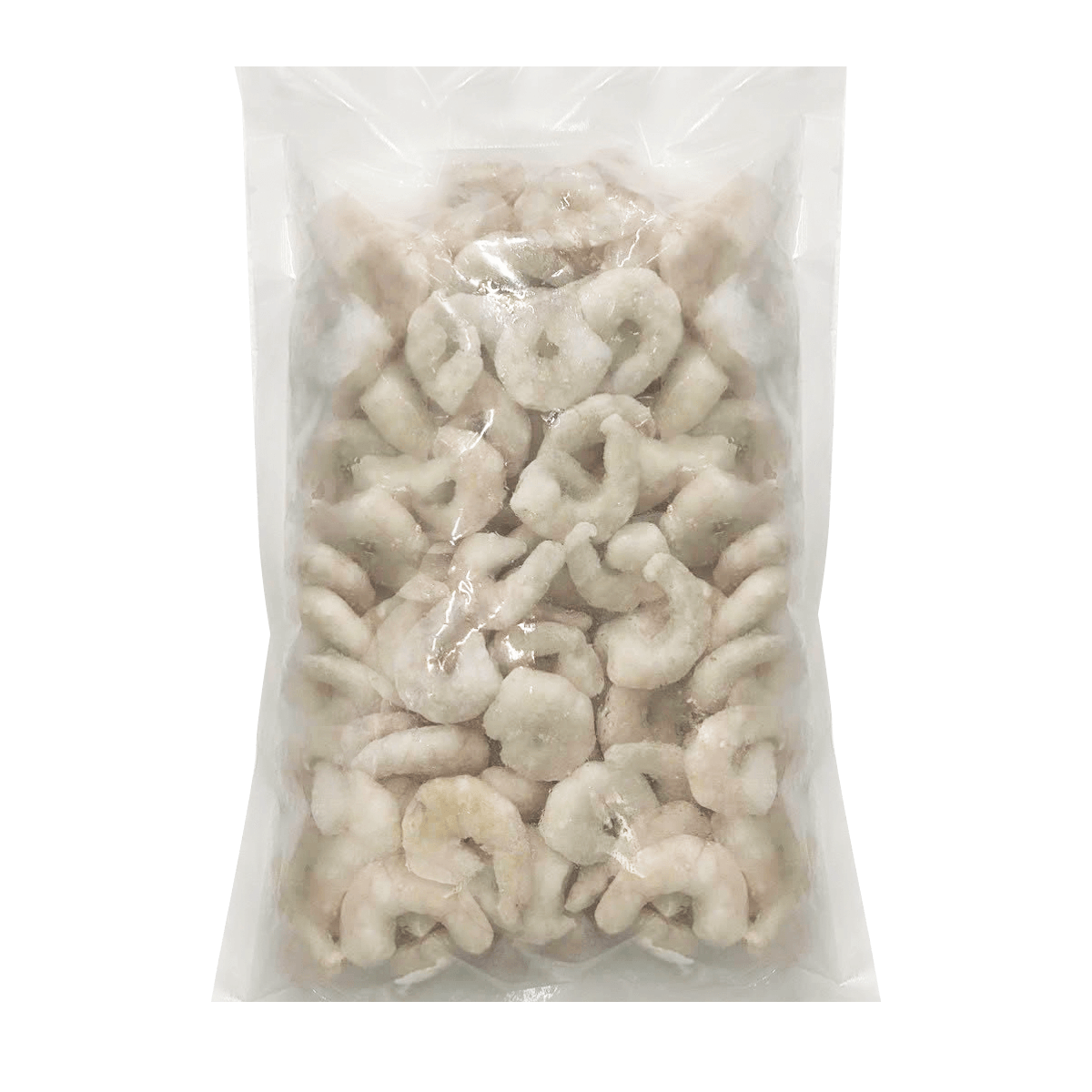
Frozen White Shrimp Scraps 1kg
156,450đ/PACK
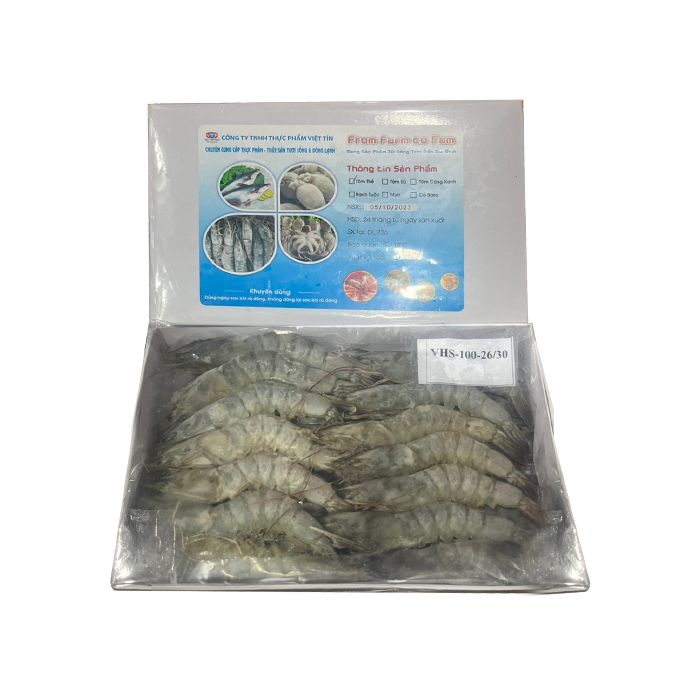
Frozen White Shrimp Size 26 - 30 1kg
282,450đ/PACK
311,500đ/PACK
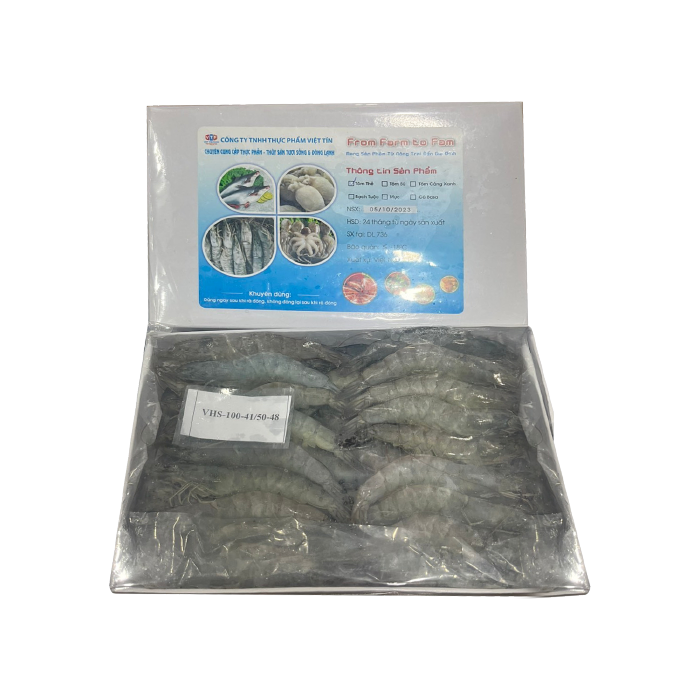
Frozen White Shrimp Size 46 - 50 1kg
240,450đ/PACK
301,000đ/PACK
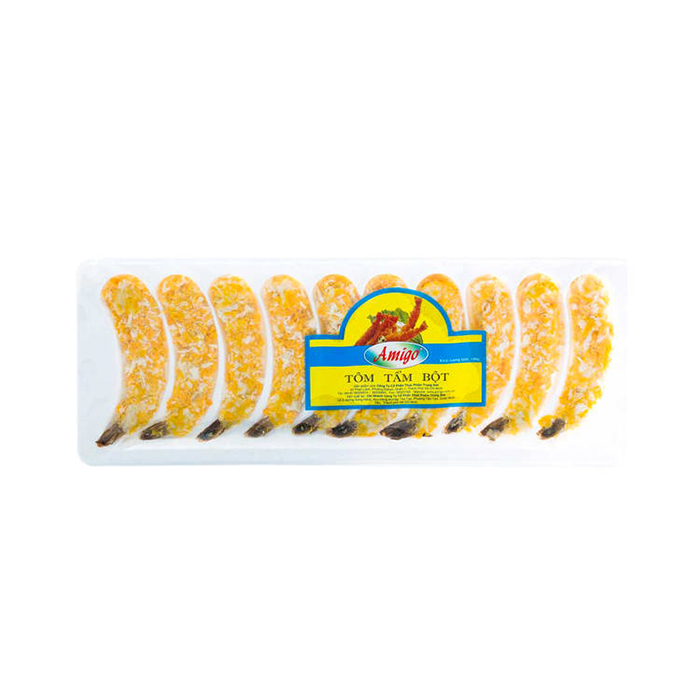
Amigo Frozen Breaded Vannamei Shrimp 180g
51,840đ/PACK
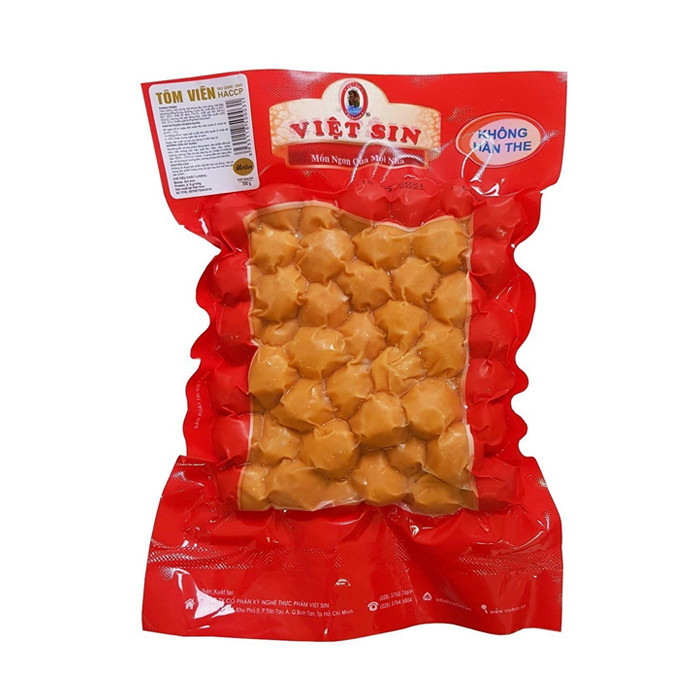
Viet Sin Frozen Shrimp Ball 500g
60,480đ/PACK
Factors Affecting Lobster Prices
Lobster prices fluctuate due to various factors, such as:
- Origin & Source: Imported lobsters from the U.S., Canada, or Australia are typically more expensive than domestic lobsters due to transportation costs and import taxes. Premium lobsters like Alaskan and Canadian lobsters often have higher prices due to their harvesting and handling processes.
- Size & Quality: Larger, healthier lobsters with superior meat quality fetch higher prices. Live lobsters are generally more valuable than frozen ones due to their freshness.
- Purchase Timing: During lobster harvesting seasons, prices tend to drop due to abundant supply. Conversely, in off-seasons when lobsters are scarce, prices may rise.
- Market Demand & Consumer Trends: When demand from restaurants, hotels, and F&B businesses surges, lobster prices often increase.
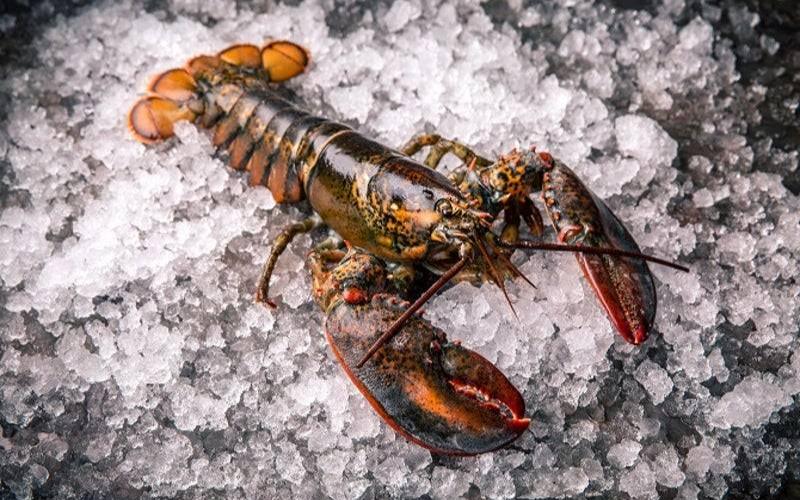
Tips for Choosing High-Quality Lobster
Beyond pricing, selecting high-quality lobsters is crucial. Here are some expert tips to help you pick fresh and delicious lobsters with ease:
- Check the color: High-quality lobsters usually have vibrant shells with no dullness or discoloration. For example, spiny lobsters often have deep red-orange shells.
- Examine shell firmness: A fresh lobster should have a hard shell without any cracks or softness. A soft shell may indicate a dead or low-quality lobster.
- Assess movement & activity: Live lobsters should be highly active and respond quickly when touched. If a lobster is sluggish or unresponsive, it may no longer be fresh.
- Smell test: Fresh lobsters have a mild, natural sea aroma. If you detect any foul or unusual odors, the lobster may be spoiled or not fresh.
- Buy from reputable suppliers: Choose trusted seafood markets, stores, or suppliers with strict storage and transportation processes to ensure freshness.
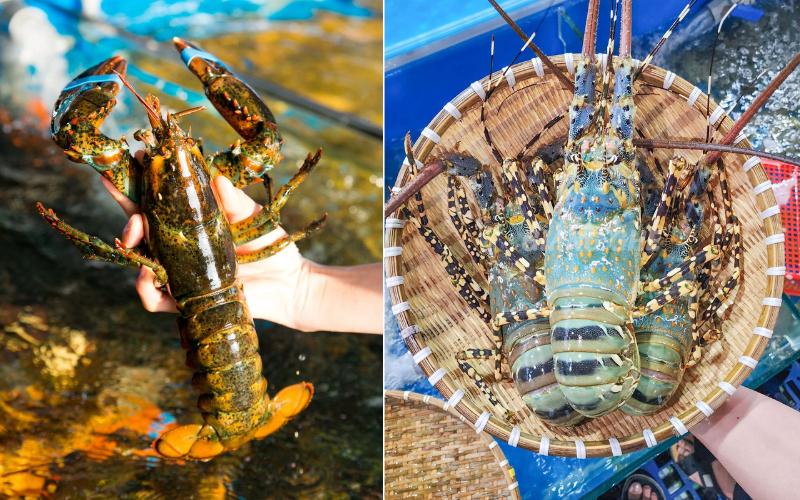
Conclusion
We hope this article on lobster prices and selection tips will help you make informed decisions when purchasing lobsters for your business. Stay tuned to our F&B Business Insights section for more valuable information.



